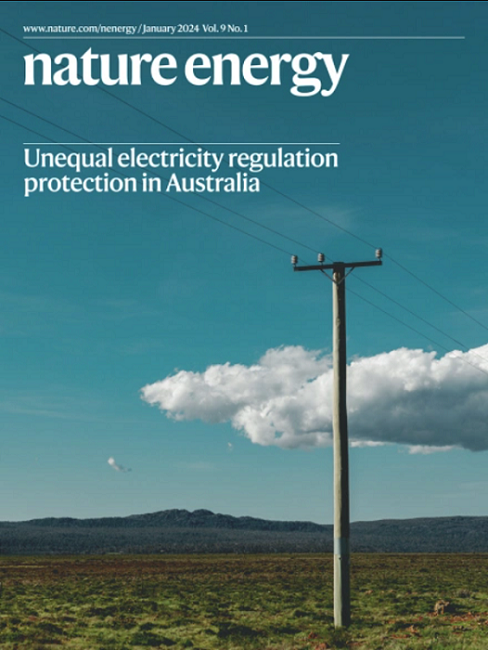Demand-side strategies enable rapid and deep cuts in buildings and transport emissions to 2050
IF 49.7
1区 材料科学
Q1 ENERGY & FUELS
引用次数: 0
Abstract
Decarbonization of energy-using sectors is essential for tackling climate change. We use an ensemble of global integrated assessment models to assess CO2 emissions reduction potentials in buildings and transport, accounting for system interactions. We focus on three intervention strategies with distinct emphases: reducing or changing activity, improving technological efficiency and electrifying energy end use. We find that these strategies can reduce emissions by 51–85% in buildings and 37–91% in transport by 2050 relative to a current policies scenario (ranges indicate model variability). Electrification has the largest potential for direct emissions reductions in both sectors. Interactions between the policies and measures that comprise the three strategies have a modest overall effect on mitigation potentials. However, combining different strategies is strongly beneficial from an energy system perspective as lower electricity demand reduces the need for costly supply-side investments and infrastructure. This analysis shows that demand-side policies can reduce emissions by 51–85% in buildings and 37–91% in transport by 2050, with electrification having the greatest impact. Adopting a mix of strategies offers benefits for the overall energy system.


需求侧战略能够在2050年之前迅速大幅削减建筑和交通排放
能源使用部门的脱碳对应对气候变化至关重要。我们使用全球综合评估模型来评估建筑和运输中的二氧化碳减排潜力,并考虑系统相互作用。我们侧重于三种不同重点的干预策略:减少或改变活动,提高技术效率和电气化能源终端使用。我们发现,与目前的政策情景相比,到2050年,这些策略可以减少51-85%的建筑排放和37-91%的交通排放(范围表明模型的可变性)。电气化对这两个部门的直接减排潜力最大。构成这三种战略的政策和措施之间的相互作用对缓解潜力的总体影响不大。然而,从能源系统的角度来看,结合不同的策略是非常有益的,因为较低的电力需求减少了对昂贵的供应侧投资和基础设施的需求。
本文章由计算机程序翻译,如有差异,请以英文原文为准。
求助全文
约1分钟内获得全文
求助全文
来源期刊

Nature Energy
Energy-Energy Engineering and Power Technology
CiteScore
75.10
自引率
1.10%
发文量
193
期刊介绍:
Nature Energy is a monthly, online-only journal committed to showcasing the most impactful research on energy, covering everything from its generation and distribution to the societal implications of energy technologies and policies.
With a focus on exploring all facets of the ongoing energy discourse, Nature Energy delves into topics such as energy generation, storage, distribution, management, and the societal impacts of energy technologies and policies. Emphasizing studies that push the boundaries of knowledge and contribute to the development of next-generation solutions, the journal serves as a platform for the exchange of ideas among stakeholders at the forefront of the energy sector.
Maintaining the hallmark standards of the Nature brand, Nature Energy boasts a dedicated team of professional editors, a rigorous peer-review process, meticulous copy-editing and production, rapid publication times, and editorial independence.
In addition to original research articles, Nature Energy also publishes a range of content types, including Comments, Perspectives, Reviews, News & Views, Features, and Correspondence, covering a diverse array of disciplines relevant to the field of energy.
 求助内容:
求助内容: 应助结果提醒方式:
应助结果提醒方式:


